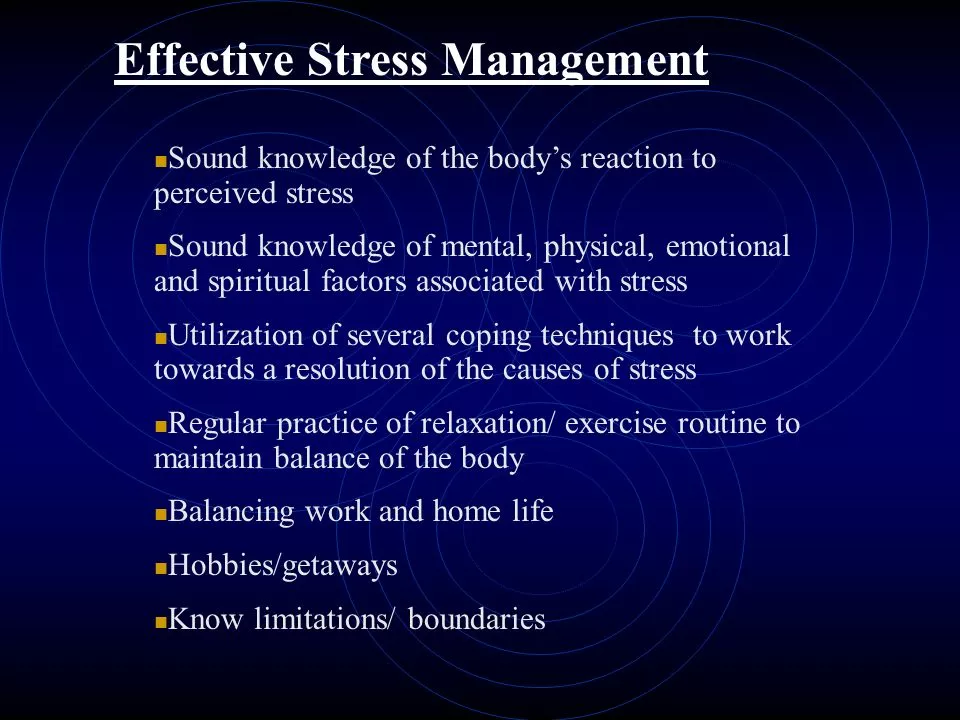Stroke Prevention Tips for Men: Simple Steps to Lower Your Risk
Strokes are scary, but you can dodge them with a few everyday moves. No need for crazy diets or extreme workouts—just solid habits that fit into your routine.
Why Stroke Happens
A stroke is what we call a brain emergency when blood flow stops or a vessel bursts. Most strokes come from clogged arteries, high blood pressure, or an irregular heartbeat. Men in their 40s and 50s see the biggest jump in risk because they often ignore warning signs.
Think of your arteries like garden hoses. If you let debris build up, water stops flowing. The same thing happens with plaque—fatty gunk that sticks to artery walls. Over time it narrows the passage, making a clot more likely. That’s why keeping blood pressure in check is the single most powerful move.
Everyday Habits That Lower Risk
Watch your salt and sugar. Too much sodium spikes pressure; too much sugar raises insulin and adds to plaque. Aim for under 2,300 mg of salt a day and cut sugary drinks. Swap soda for water or unsweetened tea—your heart will thank you.
Move more, sit less. You don’t need a marathon. A brisk 30‑minute walk five times a week already cuts stroke odds by about 20 %. If you’re glued to a desk, stand up and stretch every hour. Even light activity keeps blood moving.
Guard your weight. Extra pounds press on the heart and raise cholesterol. A simple waist measurement—keep it under 40 inches—gives a quick read on risk. Lose even 5–10 % of body weight and see blood pressure drop.
Check your health numbers. Get your blood pressure, cholesterol, and blood sugar checked at least once a year. If you have hypertension, follow your doctor’s plan—meds work best when paired with lifestyle tweaks.
Quit smoking and limit alcohol. Smoking damages the lining of arteries and makes clots stick easier. Cutting out cigarettes can lower stroke risk by up to half. Alcohol is okay in moderation—no more than two drinks a day for men.
Stress management matters. Chronic stress raises cortisol, which can raise blood pressure. Try short breathing drills, a quick walk, or a hobby you enjoy. It doesn’t have to be yoga; just something that relaxes you.
Putting these steps together creates a shield around your brain. Start with one habit—maybe swapping one sugary drink for water—and add another each week. Small changes stack up fast.
If you already have heart conditions like atrial fibrillation, talk to a doctor about blood thinners. They can be a lifesaver but need careful monitoring.
Bottom line: stroke prevention isn’t a massive overhaul; it’s smart daily choices. Keep your arteries clear, pressure low, and body active, and you’ll give yourself the best shot at staying stroke‑free.
Stroke Prevention: The Importance of Managing Stress
As a blogger, I cannot emphasize enough the importance of managing stress for stroke prevention. Stress can contribute to high blood pressure and heart disease, which are major risk factors for stroke. By finding healthy ways to cope with stress, such as exercising, practicing mindfulness, and seeking support from friends and family, we can significantly lower our risk of having a stroke. It's crucial for us to prioritize our mental health and well-being alongside our physical health. Remember, a balanced and stress-free lifestyle is key to keeping our brains healthy and stroke-free.
© 2025. All rights reserved.

